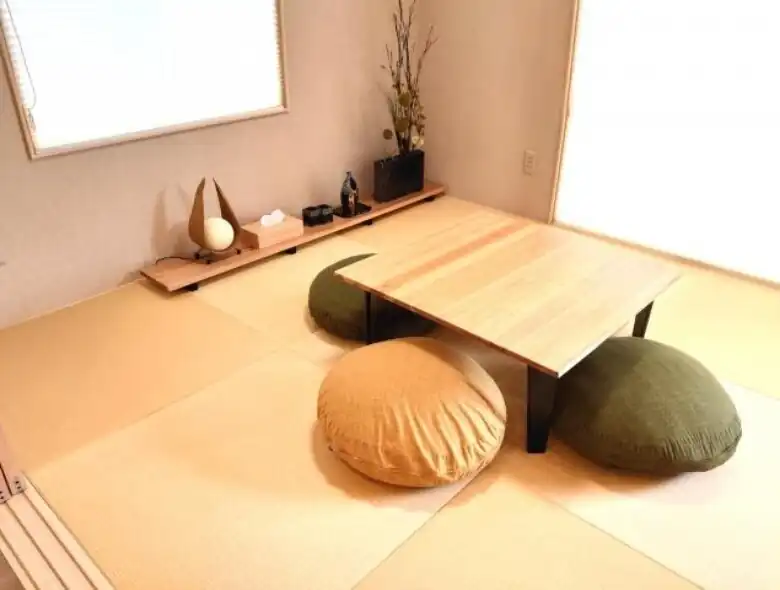“I’m thinking about renting a Japanese-style apartment, but what’s it like?”
“I’d like to know about the advantages and disadvantages of a Japanese-style room.”
Have you ever had thoughts like these? After all, rent is less expensive for Japanese-style apartments, making it a popular choice for those wanting to live alone. However, quite a few people think “Japanese-style rooms = old and worn.”
So, in this article, we will be sharing with you the pros and cons of renting a Japanese-style apartment. We will also talk about who would be or would not be suitable for such a room, so we hope that you can use this as a reference when choosing your rental!
At Village House, we offer a wide range of properties throughout Japan, including Japanese-style and Western-style rooms, with rents starting at 20,000 yen. Please have a look around our website if you are interested in an attractive rental.
Pro #1: Stable Room Temperatures, Thanks to the Excellent Moisture Retention and Thermal Insulation of Tatami Mats
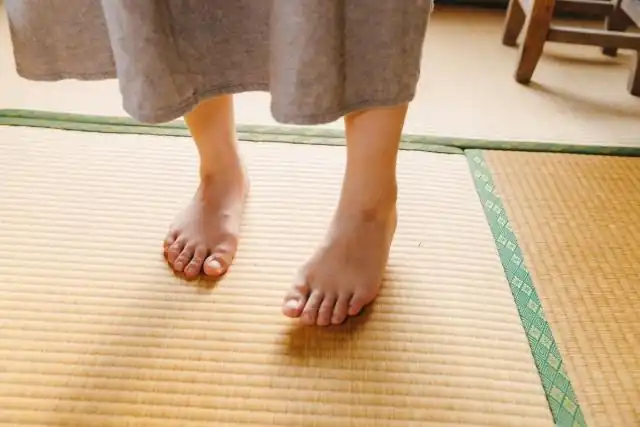
Tatami mats are woven from “soft rush,” a wetland plant consisting of hollow stalks that contain air. Because air has poor thermal conductivity, these natural mats are great insulators that prevent cold from seeping up through the floor.
Another strength of tatami mats is their ability to absorb atmospheric moisture. During June’s rainy season and the summertime that follows, humidity is high, but the tatami remains drier to the touch and feels more comfortable when compared to wood or vinyl flooring. In a country that has four distinct seasons and dramatic changes in temperature and humidity throughout the year, tatami mats are an ideal choice.
Even in the winter, the mat’s insulating and moisture-retaining properties work together to keep your feet from getting too cold. Furthermore, tatami mats are said to have antibacterial properties and the ability to absorb toxic substances, so they may be promising as a natural air purifier as well!
Pro #2: Traditional Built-in Closets Mean Plenty of Storage Space
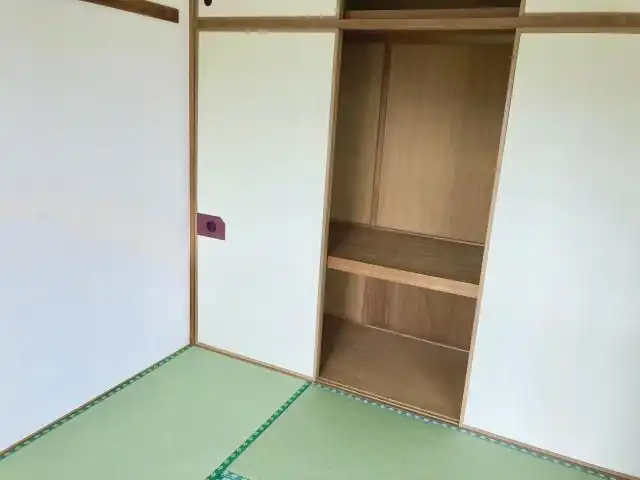
Instead of Western-style closets, Japanese-style rooms have traditional built-in closets with sliding doors called “oshi-ire.” Standard closets measure 180 to 230 cm (70.9 to 90.5 inches) in height and 45 to 60 cm (17.7 to 23.6 inches) in depth. In comparison, oshi-ire closets typically measure around 165 to 180 cm (65 to 70.9 inches) in width and 80 to 85 cm (31.5 to 33.5 inches) in depth.
Since oshi-ire closets are larger than their Western-style counterparts, we recommend them if you have a lot of personal belongings. By utilizing customizable items like closet organizers, racks, and tension rods that match the dimensions of your oshi-ire, you can achieve a tidy-looking storage space that provides easy access to all of your things.
Japanese-style closets can also function as a workspace by simply using the shelf as a desk and grabbing a comfortable chair. When not in use, you can close the sliding doors to keep your work out of sight and maintain a healthy work-life balance. On top of that, if you are the type of person whose desk is often messy, just close the doors and you will be ready for any unexpected guests!
Pro #3: You Can Enjoy a Traditional Japanese Room Atmosphere
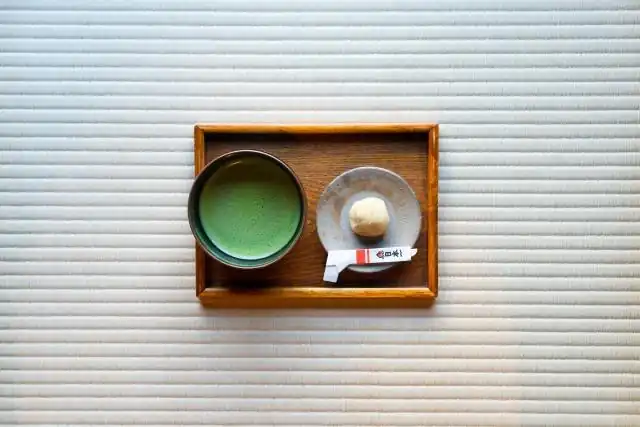
Japanese-style rooms are an example of the country’s traditional architectural style. They continued to be loved by those who wanted to savor the changing seasons, feel closer to nature, and enjoy the room’s vintage charm. They are also wonderful for anyone who wants to decorate their interior in a modern Japanese style.
Moreover, the rush used in crafting tatami mats is rich in aromatic compounds. In addition to the benefits mentioned earlier, the tatami’s fragrance is thought to have aromatherapeutic properties, promoting relaxation and further adding to its appeal. However, the strength of the aromatic compounds lessens with time, so it’s best to inquire about the mats’ age during your property viewing. In general, tatami mats should be replaced every ten years or so to keep them fresh.
Con #1: It is Easy for Mold to Develop
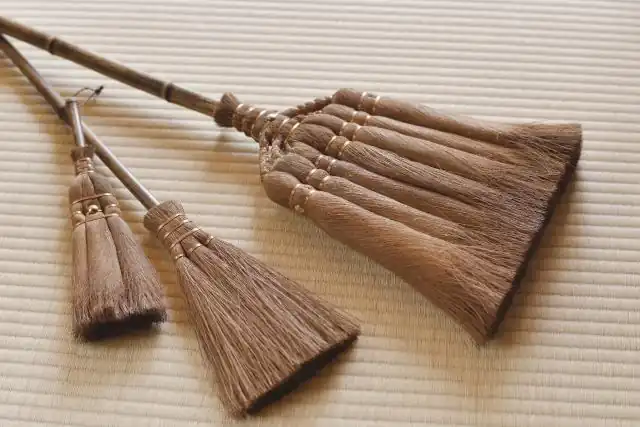
Recent years have seen an emergence in tatami mats made of polypropylene, but traditional rush mats require proper daily handling to prevent mold growth or other damage.
For example, if you spill a drink or food, simply wiping it up as you would with hardwood or vinyl flooring would not be enough. It is essential to clean a tatami mat thoroughly because any leftover liquid could soak in deeply. Furthermore, if any food or drink gets stuck between the weave of the mat, this could lead to pest or mold growth.
If you do spill something onto your tatami mat, sprinkle some salt onto the damp area after wiping up any liquid. Take a fine brush and gently scrub the mat along its weave, and then wipe it all off with a wrung-out cloth or rag.
Keep in mind that it is also necessary to follow the weave of the mat when vacuuming or dry-mopping. While cleaning is typically done without the use of liquids, there may be times when the surface requires a more thorough cleaning with citric acid. If you do use citric acid, be sure to do a final wipe with a dry cloth or rag.
Con #2: Furniture Can Cause Dents in the Tatami Mats
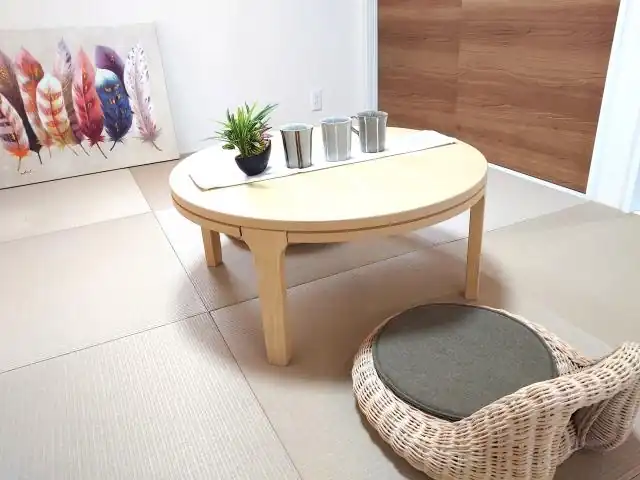
Tatami mats are sensitive to weight, so furniture with casters or thin legs would unfortunately cause some dents. One way to solve this issue would be to simply avoid using items with legs. But, if you want to use a certain kind of furniture, consider getting something that is lightweight and without thin legs.
If you want to get around this issue without compromising on your sense of design, consider investing in some commercially available floor protectors. You can buy them at home improvement stores and 100-yen shops, making them a low-cost solution. By placing thick cork mats between the tatami and the furniture legs, the weight is dispersed and the load on the tatami is reduced.
Additionally, earthquake-resistant mats specifically designed for tatami are meant to prevent furniture from falling over, making it safer to own tall furnishings or household Buddhist altars. As a bonus, many of these products are transparent, so you can solve any potential dent problem while still prioritizing the aesthetic of your Japanese-style interior.
Con #3: The Costs of Moving Out May Run High
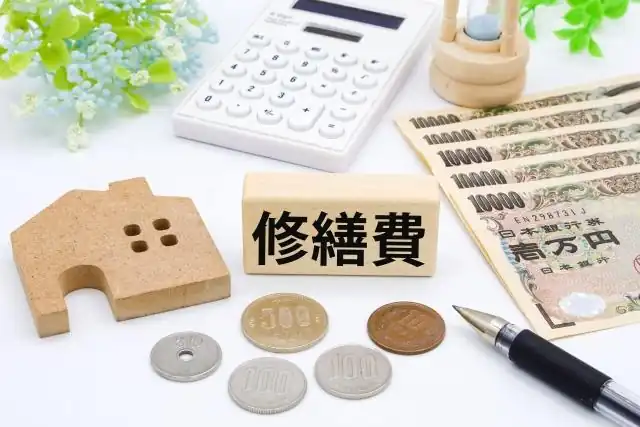
For Japanese-style rental apartments, high moving-out costs are not unusual. When you move out, the landlord will be responsible for fixing any scratches or blemishes resulting from everyday use (natural deterioration and normal wear and tear), but you will be responsible for the repair costs of other damages.
To elaborate, if a tenant damages the property intentionally or due to negligence, normally they would be held responsible for the cost of repair. For instance, this would apply if someone accidentally scorched their tatami mat with a cigarette or if their heavy furniture caused some dents. Such damage resulting from the tenant’s inadequate care (this also includes stains and mold) is considered a violation of the rental agreement, so the tenant would likely be responsible for restoring the property to its original condition.
As a case in point, the average cost of replacing tatami mats ranges from 3,000 to 9,000 yen per mat. This means that a full replacement for a 6-tatami room would cost about 18,000 to 54,000 yen. However, due to sales tax and transportation fees, you can expect an additional cost of roughly 5,000 to 10,000 yen.
For these reasons, if you want to keep moving-out costs as low as possible, it is essential to properly care for your tatami mats and to live with them in a way that minimizes damage.
The Traits of Individuals Who are Well-Suited for Japanese-Style Rental Apartments
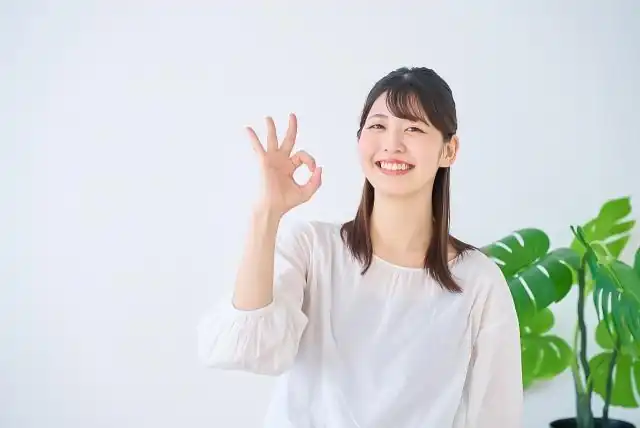
- You are not bothered by how old a rental space may be.
- You want to keep the rent as low as possible.
- You want a relatively large room while keeping the rent affordable.
- You want to keep up-front costs as low as possible.
- You have a lot of personal belongings and want plenty of storage space.
- You plan to use a futon rather than a bed.
- You are used to living with tatami mats.
- You don’t want to worry about your footsteps being too loud and bothering other tenants.
All in all, we recommend a Japanese-style rental apartment if you are looking for a relatively roomier space without stretching your budget. By saving on rent and reducing your overall living expenses, you may have the opportunity to spend a little more on your hobbies or dining out, for example. And for anyone who grew up in a Japanese-style home, it may feel quite comfortable to transition into a rental with a similar style and ambiance.
The Traits of Individuals Who Are Not Suited for Japanese-Style Rental Apartments
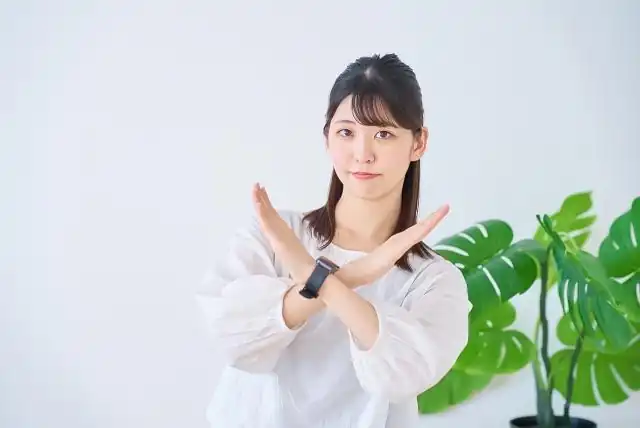
- You want to live in a newly built or recently built property.
- You are looking for a space with newly installed elements, such as the flooring or sink.
- You value a room’s soundproofing capabilities.
- You plan on using a bed.
- You are not very good at cleaning.
- You want a room with a loft.
- You value durability and earthquake-resistant features.
If comfort and higher-quality built-in appliances or fixtures are more important to you than keeping the rent low, it may be best to avoid Japanese-style rentals. These types of single-occupancy apartments are often older than their Western-style counterparts, so fixtures are likely to be outdated, and built-in features or appliances tend to be minimal. Another potential source of dissatisfaction may be the thin walls of Japanese-style apartments. Though tatami mats have sound-absorbing properties, thin walls may be a cause of annoyance if you have a noisy neighbor.
If you are searching for a place to live by yourself, please reach out to Village House. We offer a wide variety of Japanese-style and Western-style rental properties throughout Japan, all at reasonable prices. No security deposits, key money, brokerage fees, or renewal fees means minimal upfront costs!
*A security deposit may be required in some cases, depending on contract details and tenant screening reports.
Related articles:
- Caring for Your Tatami: A Beginner’s Guide
- Five Principles of Japanese Interior Design
- Making a “Zen” Modern Japanese-Style Room
- How to Maximize a Japanese-Style Room for Efficient Living
- Understanding Jiko Bukken: What Makes Properties Stigmatized?

Hello, I’m Machiko Doi, a freelance writer who writes about housing and living in Japan.
I live in an 80-year-old house that I inherited from my grandparents along with my two shelter cats and daughter.
We live a relaxed life while repairing the house.
I like to cook vegetables from the garden and fresh fish caught by my father, and enjoy them with cold beer on a hot day or hot sake on a cold day.


